Human blood cannot be manufactured. There is no substitute for human blood — all transfusions use blood from a donor. Did you know that donated red blood cells can be stored for use for up to 42 days ?
This article focuses on general information of blood donation and personal experience of performing sport after the blood donation.
Blood
Blood is found in almost all animals, including mammals, birds, reptiles, fish, and even some invertebrates. Composition of blood may vary slightly between different animal species, the basic function and importance of blood are similar across all animals.
There are different types of blood among same species of animals. Humans have four main blood types, chimpanzees have three. Octopuses do not have blood types at all. They have a blue blood instead that is based on copper, rather than iron.
Human blood types
The evolution of human blood types is still not entirely understood, but scientists believe that different blood types may have evolved as a way to protect against infectious diseases. There are four main blood types: A, B, AB, and O.
- Blood type O is considered the oldest blood type, with some scientists estimating that it first emerged over 6 million years ago. It is thought to have originated in Africa and was likely the dominant blood type among early humans. Blood type O does not have any A or B antigens on its surface.
- Blood types A and B likely emerged more recently in human evolution, perhaps around 2 to 3 million years ago. It is thought that these blood types evolved in response to dietary changes and the development of agriculture. Blood type A has the A antigen on its surface, while blood type B has the B antigen on its surface.
- Blood type AB is the most recent blood type to evolve in humans, likely emerging around 1,000 years ago. It is thought to have arisen as a result of increased population mixing and intermarriage. Blood type AB has both the A and B antigens on its surface, making it the universal recipient blood type.
In addition to the A and B antigens, there is another important antigen called the Rh factor. If this antigen is present, the blood type is positive, and if it’s absent, the blood type is negative.
Therefore, there are eight different blood types: A positive, A negative, B positive, B negative, AB positive, AB negative, O positive, and O negative.
Certain blood types are compatible with others for transfusions. Type O negative blood is considered the “universal donor” because it can be given to people with any blood type, while AB positive blood is considered the “universal recipient” because people with that blood type can receive blood from any other blood type.
Blood type distribution in Switzerland
Based on the recent data from 2021, most common blood type in Switzerland is A+. Blood types such as B- and AB- are very rare among the population.
| Blood Type | Rh Positive | Rh Negative |
|---|---|---|
| A | 36% | 6% |
| B | 10% | 1% |
| AB | 5% | 1% |
| O | 35% | 6% |
As donated blood must be constantly replenished every 42 days, Swiss Transfusion SRC tracks the levels for each the blood type. Picture below provides “barometer” depicting the levels of the blood types (specific per regions as well). For example, as of 20th of March 2023, the level of blood type 0- is critical and Swiss Transfusion SRC might reach out to the regular donors to donate blood.
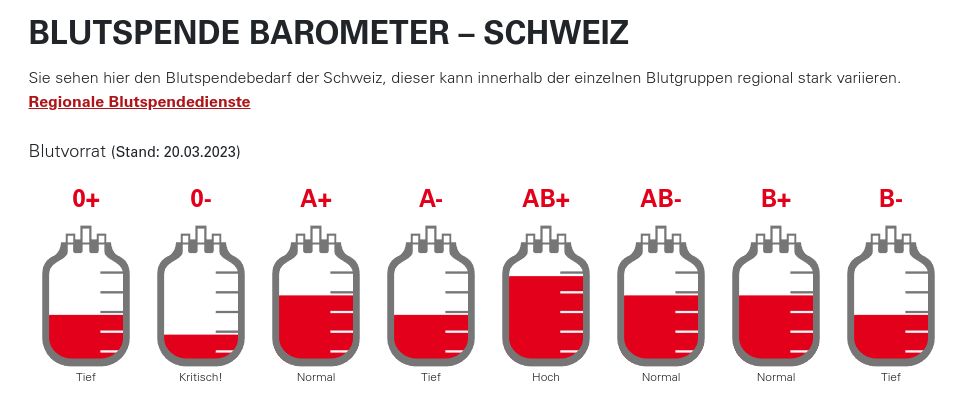
Sport performance after the blood donation
After donating blood, some people may experience temporary side effects such as fatigue, dizziness, and a drop in blood pressure. These side effects can potentially affect athletic performance in the short term. However, for most people, the effects are mild and usually go away quickly.
For athletes and other highly active individuals, it is generally recommended to wait at least 24 hours before engaging in intense physical activity after donating blood. During this time, it is important to stay hydrated and avoid alcohol and strenuous exercise.
In the longer term, regular blood donation may actually have health benefits that could potentially improve athletic performance. Studies have shown that regular blood donation can lower blood viscosity and improve blood flow, which could improve cardiovascular function and endurance performance.
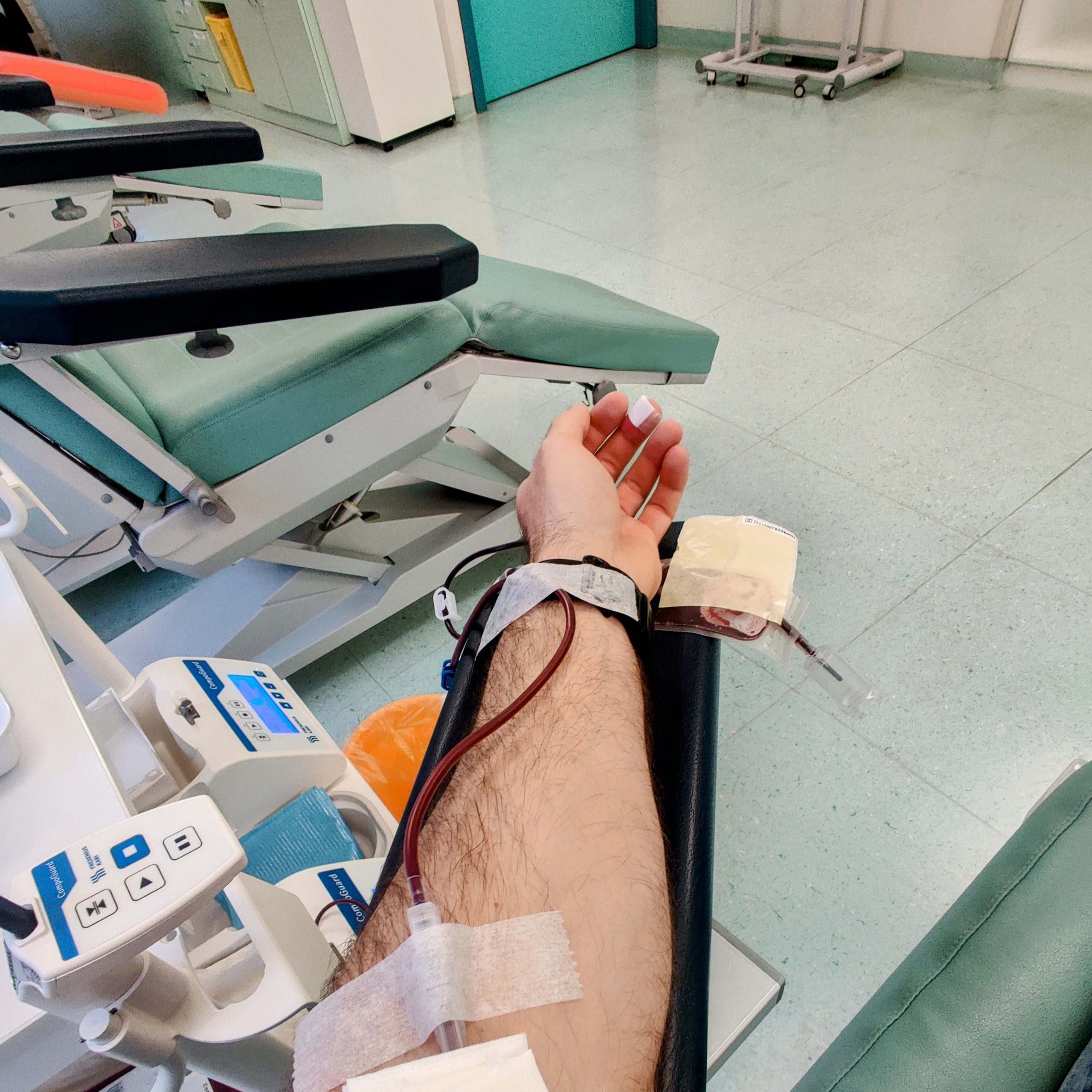
Overall, the effects of blood donation on athletic performance can vary depending on individual factors such as the amount of blood donated, overall health status, and level of physical activity. However, with proper precautions and a reasonable recovery period, most people can continue to engage in physical activity and sports after donating blood.
Personal experience
I have already donated blood several times and this particular one was the 6th donation. It was 450 milliliters of most valuable red liquid in human body.
We will take a look on the sport numbers in a second. Keep in mind that a donation happened on 14th of March. Stats below are first from Garmin and then from Strava.
Garmin stats
The graph shows the max heart rate over one month period. No much changes after the donation, but it was harder for sure and could keep the Max only for a brief moment.
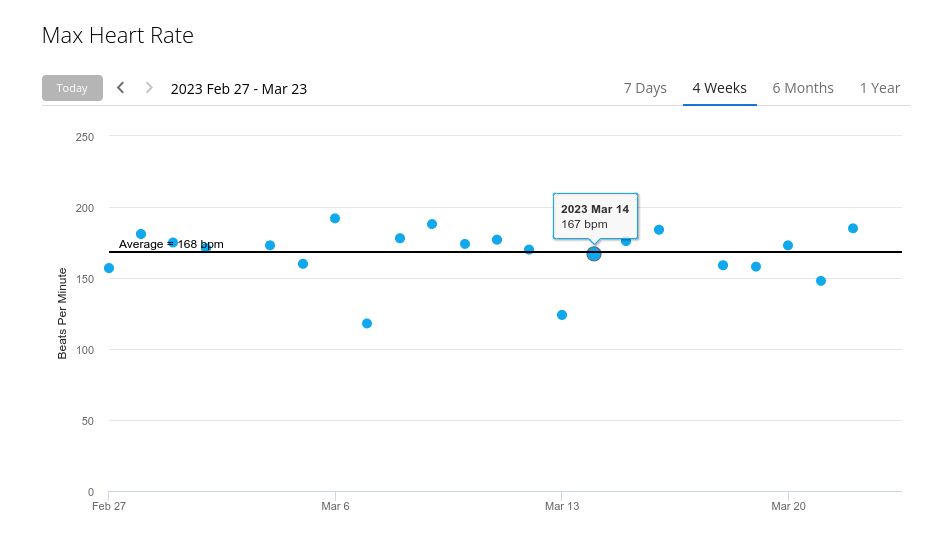
No significant changes in resting heart rate spotted.
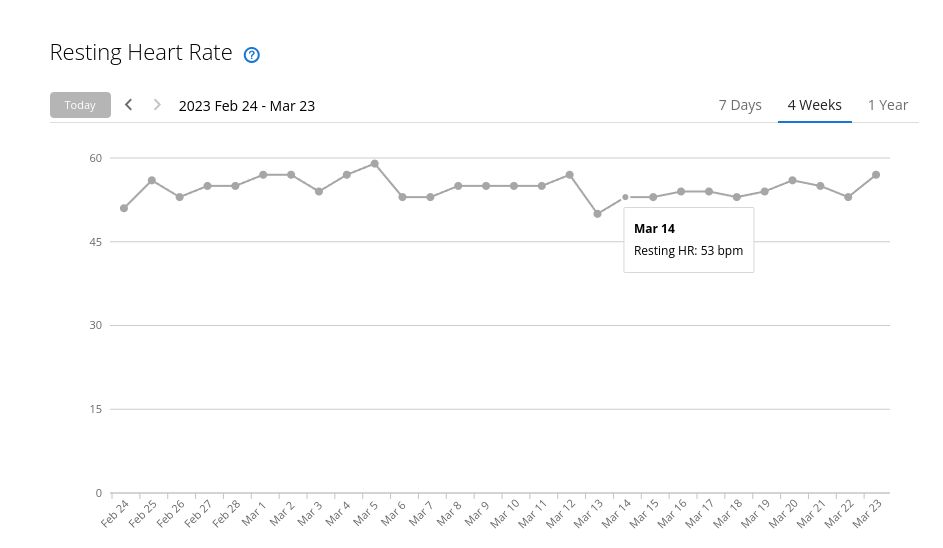
Strava
Day 0 – Flat ride
The cycling segment below is a flat one. It is a regular public road, so one can expect cars and traffic lights. Since a donation had been in the morning the same day, it was very easy ride and I was not able to push it harder even if I would like to. Average heart beat was 146 beats per minute. One can clearly see that it took me more than 35 minutes to pass this segment. My best time is about 31 minutes.
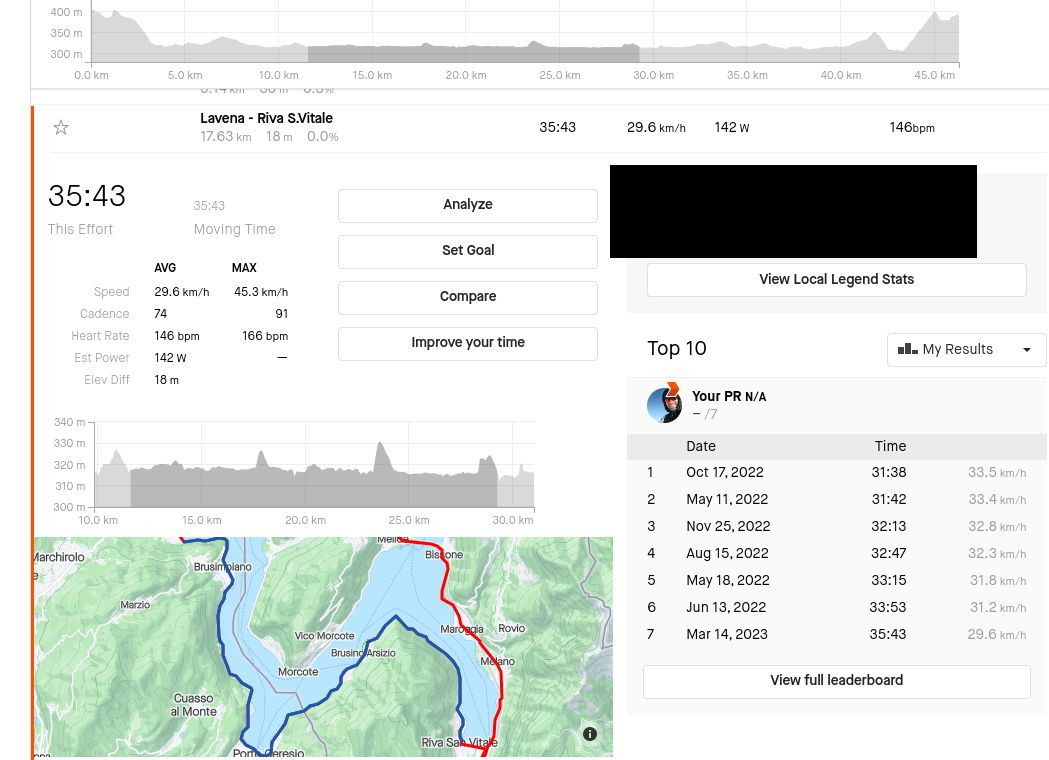
Day 2 – Hilly ride
Two days after donation, I went for favorite Mt. Bre road climb. It is also a regular public road with traffic lights and cars. I was able to push, the average heart beat was 174 beats per minute during 23 minutes. The heartbeat was quite high and I was able to hold it. But in overall, I still did feel very slow on the road.
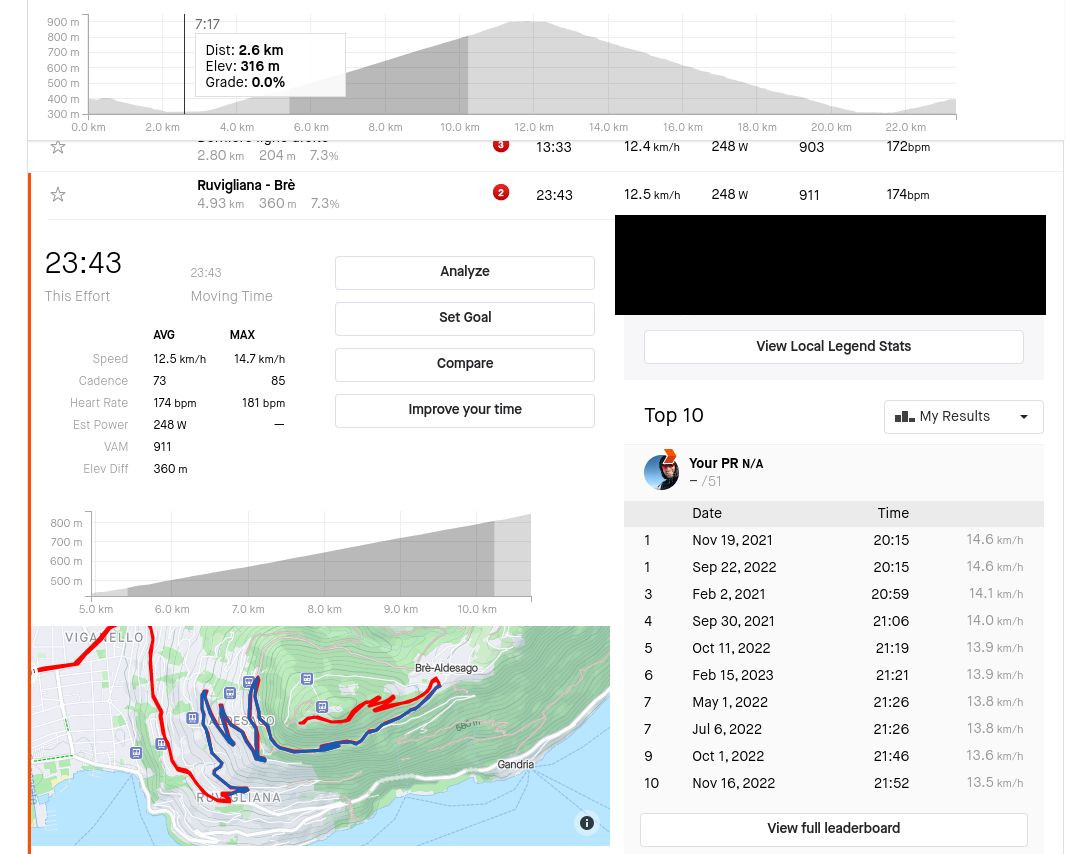
Day 9 – Flat ride
Nine days after, and it feels just as usual. Good cadence, good average heart beat rate and good average speed, second best time within my rides on this segment.
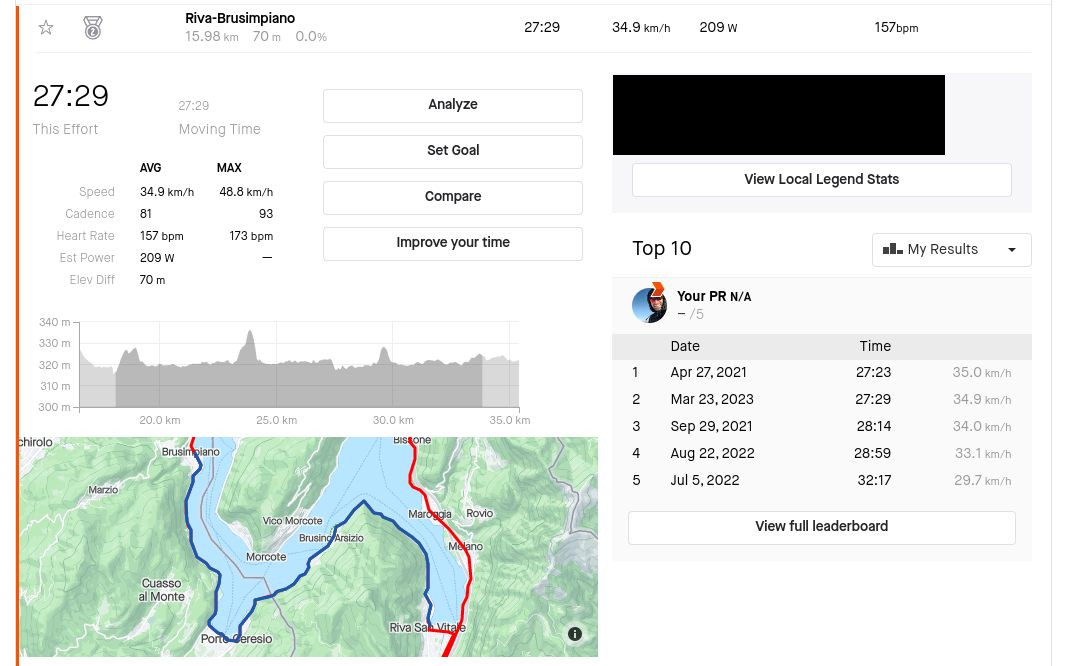
Final thoughts
Before each donation, there is a pre-check with a doctor for existing medical conditions, lifestyle, visited countries for exotic viruses, so you might not always be able to donate.
However when I do donate, I always get a great feeling. Blood donation is one of the easiest ways to save lives. They say one pint of blood can potentially save up to three lives. There is certain discomfort for short moment, but it does not bother me at all.
I always wish that those who take my blood will recover soon, would eventually be able to fully enjoy what they like and possibly turn to be endurance athletes one day.